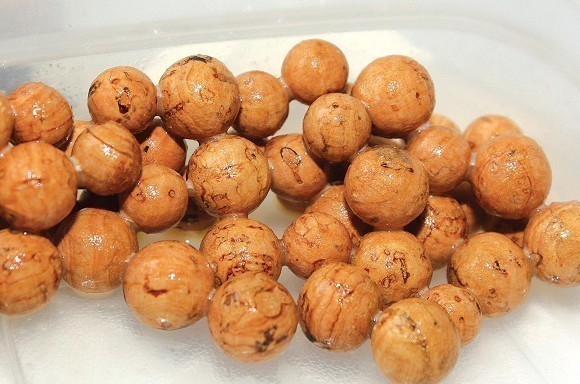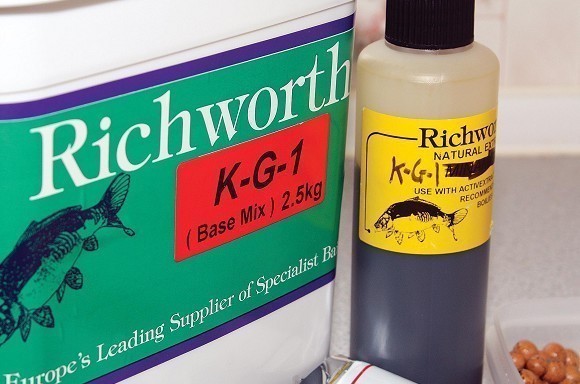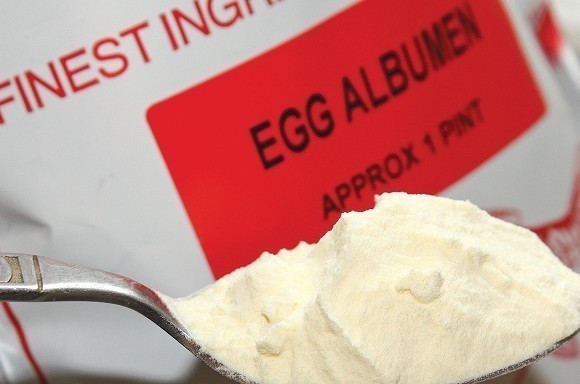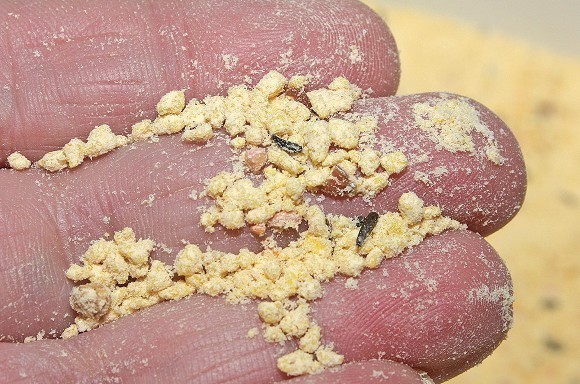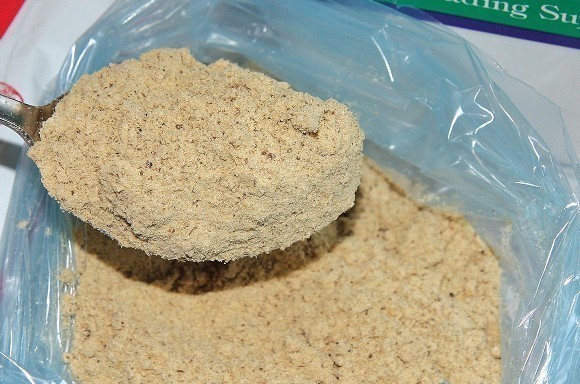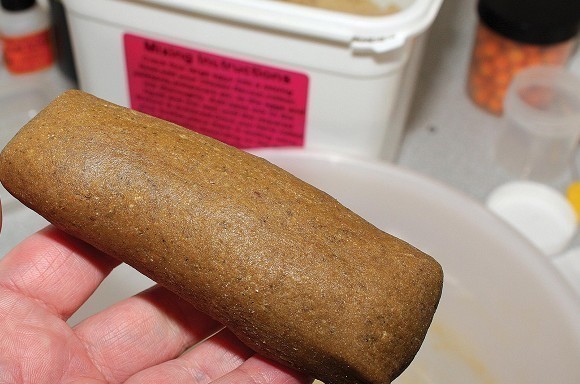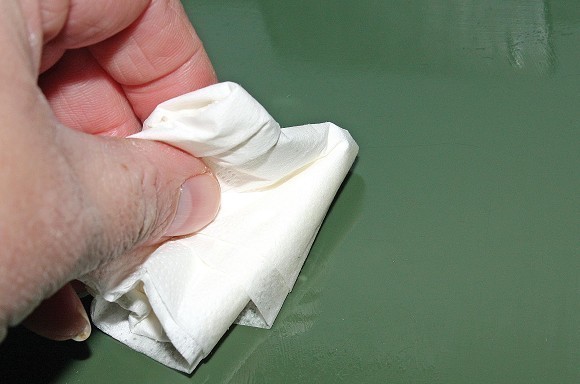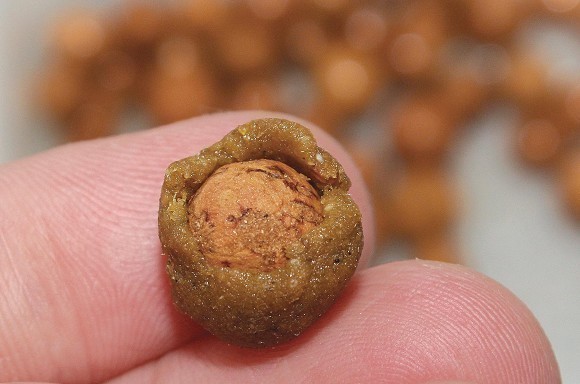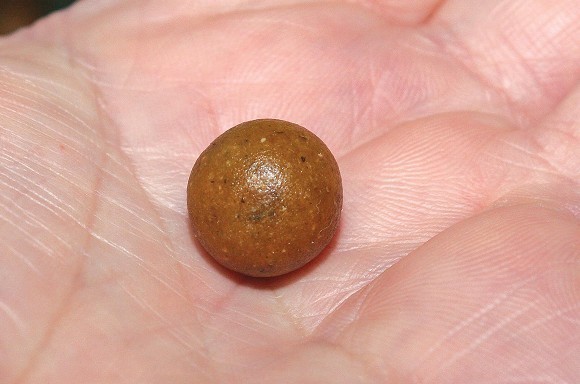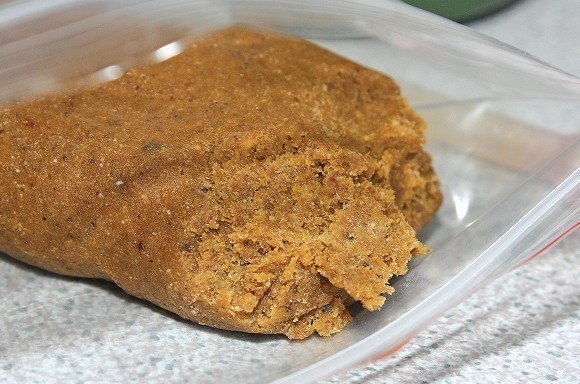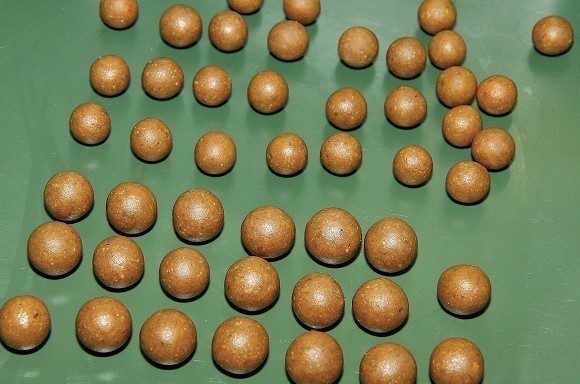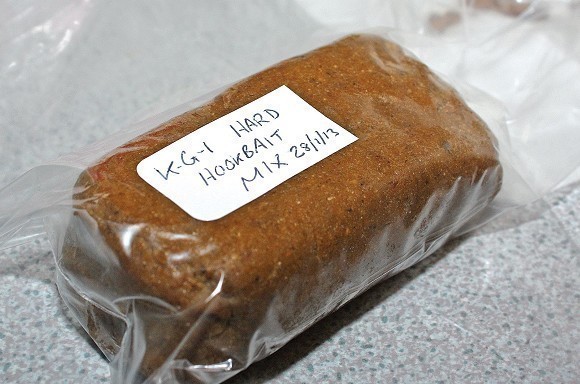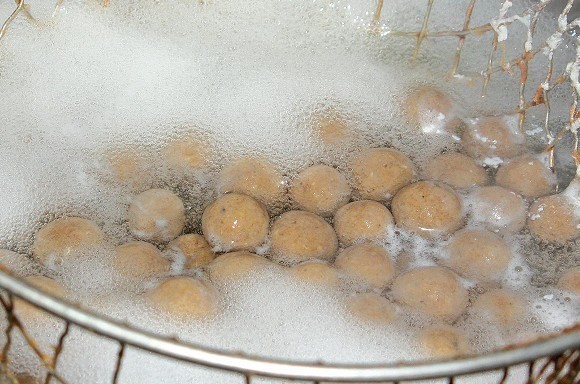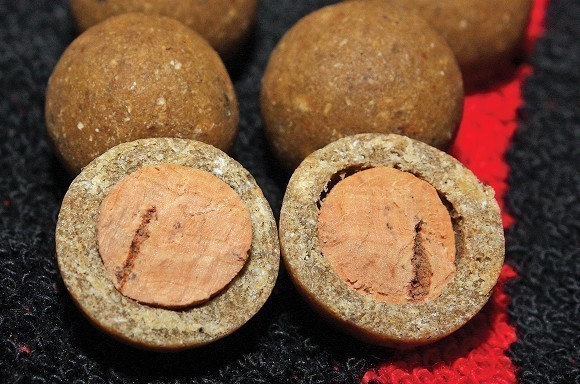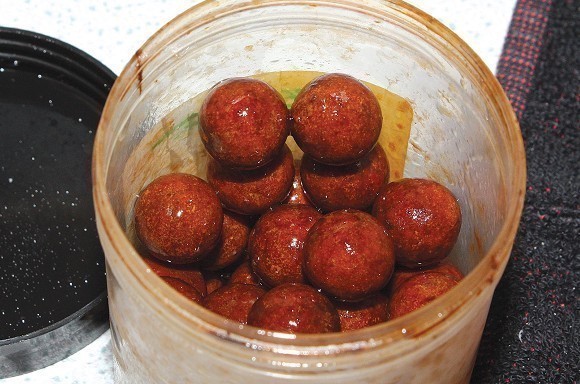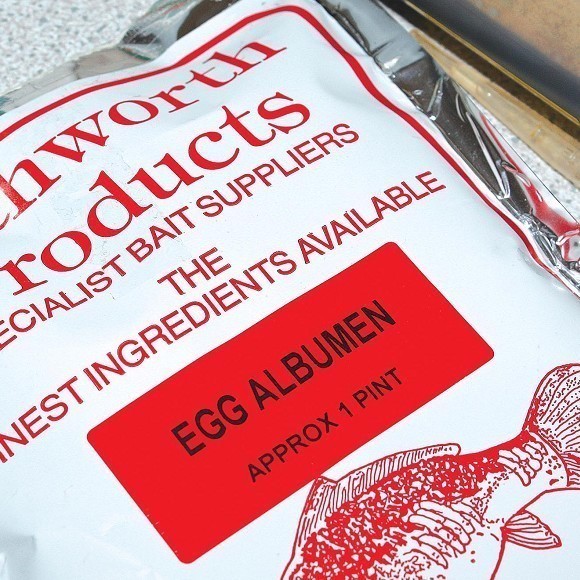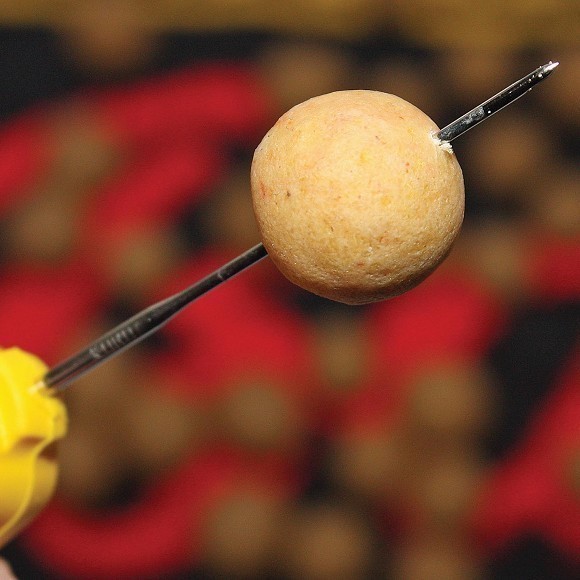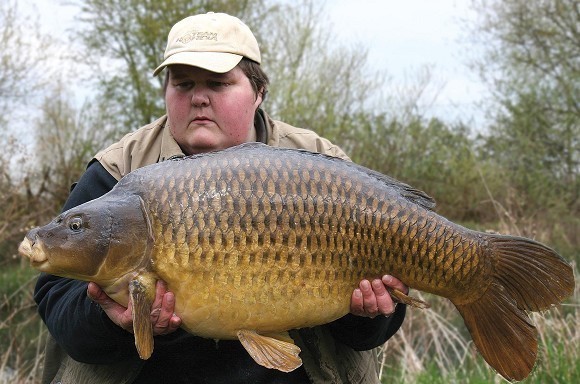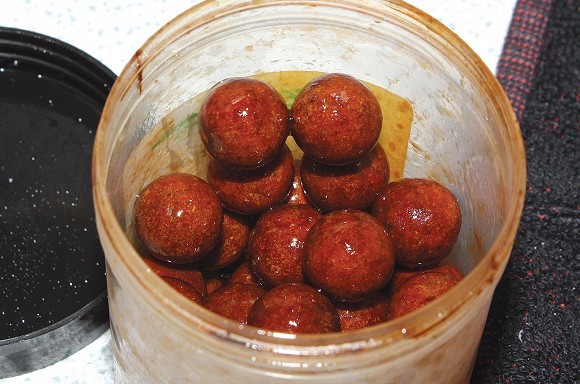
How to make corkball pop-ups
Here's how you find an edge over your peers - make your own special hookbaits. Here Ian Poole reveals how you roll corkball pop-ups
With so much quality gear around, deciding what bait to go with is always a major decision but whatever your personal choice may be, having a ready supply of quality hookbaits is for me, an absolute necessity.
Now, at the moment you could be mistaken for thinking that hi-attract pop-ups or baits topped with fake corn are the only hookbaits to use, such is the amount of coverage these tactics receive. There is absolutely no argument against the success of this style of angling but once everyone seems to be doing the same, it nearly always makes sense to consider some alternative tactics and have those available to you if the need arises.
At the completely opposite end of the scale are hookbaits that look and smell identical to your free offerings and for me, there is no better way of achieving that than using a corkball pop-up. These can be made by quite simply rolling the raw paste of your chosen boilie around a corkball and then boiling in the conventional way. Whilst there are a few tips and tricks to make the baits the very best they can be, it really is as easy as that and requires a supply of corkballs, the matching base mix and liquid attractors of your chosen boilie and some egg albumen. The egg albumen is added at a ratio of 10 per cent to your base mix and even at such a low level will make your finished baits a lot harder and more resilient to small fish attacks etc.
The other advantage a corkball pop-up gives you is lots of extra buoyancy and this is exactly why these baits are favoured by anglers using Chod Rigs, or in fact any set-up where the buoyancy of the hookbait plays a major part in the mechanics of the rig itself. Corkball pop-ups are also the first choice for many who regularly leave their hookbaits out for very long periods of time. Rolled with the added egg albumen and then air-dried for several days I am confident mine will last in the water for at least 36hrs.
If you’ve never seen corkballs before, they are available from most tackle shops or can be purchased in bulk from loads of suppliers on eBay. The standard cork-balling method is to allow for a skin of around 2mm over the corkball, so if I want 14mm pop-ups I’ll use 12mm corkballs. I do tend to roll mine with closer to 3mm of paste rather than 2, but after air-drying they will shrink down to the size I was originally looking for. Attractor-wise, I generally double up on the recommended levels and whilst this might sound excessive, remember that each bait only has a thin layer of paste over the corkball and allowances have to be made for the loss of attractors during the lengthy air-drying process.
Downsides to making cork ball pop-ups? Well, the only one I can think of is that they do take a bit longer to roll than normal baits. However, for me the small amount of extra effort is more than worthwhile for what I consider to be the ultimate pop-up to use alongside my chosen boilie. Give them a go and I’m sure that you won’t be disappointed.
1 Before I start, I soak my corkballs in a small amount of beaten egg. This helps the paste stick to the corkballs much better than if they were left dry.
2 I’m making K-G-1 pop-ups today but whatever you decide to use, all you need is some base mix and the matching liquid attractors.
3 Right, lets get started… First off, adding egg albumen will result in much harder and tougher hookbaits than just using base mix alone.
4 Sieving the base mix will remove larger particles such as this birdfood and will result in pop-ups that stay harder and retain more buoyant.
5 Make up the toughened hookbait dry mix by adding 10 per cent egg albumen to your chosen base like I have here and move onto step 6.
6 Now you need to make up a one-egg mix in the conventional way – i.e. whisk an egg, add the liquid attractants and slowly add the base mix.
7 With the mix made and resting, I lightly oil the surface I’m placing my rolled baits on as this will stop them from sticking to the surface.
8 Pinch off a piece of paste and roll it around the corkball sparingly – you are looking for a paste skin no more than 3mm thick as shown here.
9 Hand-rolling takes a bit longer but gives the bait a firmer texture than any rolling machine can. Here’s how the finished bait should look.
10 To stop the paste drying out, I keep it bagged up at all times through the rolling. A dried-out mix can then become very hard to roll and won’t stick.
11 Nearly there! As you roll out each hookbait think of every pop-up as a carp on the bank! I promise you, these will catch you more carp this summer.
12 Bag up any remaining paste and freeze it down for later. This can be used to make toughened bottom baits too, which are great in summer.
13 With only a thin skin of paste to cook, a 45 second boil is all that’s needed – make sure it’s a good rolling boil by keeping the lid on like so.
14 The baits now needs to air-dry for 72hrs. This will make them nice and hard which will help retain
their buoyancy and attractiveness.
15 After air-drying. I pot the hookbaits up and add a light glaze of the liquid attractors I used in the bait before storing in the freezer until required.
Top tips
It's the small things that make the big difference and here's two little gems thanks to Ian Poole which will make rolling corkball pop-ups much, much easier...
If you’re serious about making hookbaits at home then a small bag of egg albumen is, in my opinion, an essential purchase. Egg albumen will add hardness to any hookbait and as you only need to use at 10 per cent of the whole mix, a small bag will last you a very long time. This hardness will go a long way, improving the bait’s buoyancy which will ultimate improve your rig.
Although it’s preferable to tie on corkball pop-ups using floss, some anglers (including myself) sometimes like to pierce them with a needle in the conventional way. If I’m planning to do this I pierce them before the air-drying process. It’s far easier to do this when the baits are slightly softer as the bait’s thin skin is far more likely to crack when the baits are hard.



